
Alicia Gregory
The Beauty in Change: Considering Aesthetics in Creative Social Change Work
Posted by Nov 17, 2014

Alicia Gregory
 Alicia Gregory
Alicia Gregory
“This feels a bit like falling down Alice’s rabbit hole,” said one contributor to this week’s blog salon on the role of aesthetics in arts for social change work. Indeed, it is no light matter. Despite this, we are pleased bring you 17 thought pieces from a diverse lineup of artists, cultural leaders, funders, and activists who have weighed in on why and how aesthetics are important in understanding, valuing, and advancing arts and social change work.
The questions we posed catalyzed some interesting critique and debate. In the weeks since we set them down on the page and said “Go!” to our generous bloggers, I’ve been thinking about these questions. I’ve thought about the time, in my days as an editor in graduate school, I went to bat for a piece on the 2011 Egyptian Revolution because it was urgent and moved me, despite falling short technically and in clarity.
Read More

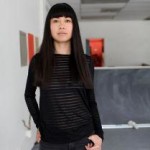 Jen Delos Reyes
Jen Delos Reyes
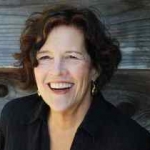
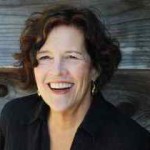 Arlene Goldbard
Arlene Goldbard

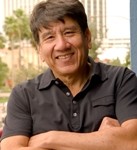 Roberto Bedoya
Roberto Bedoya
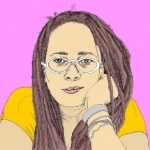
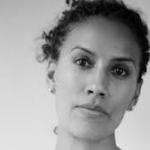
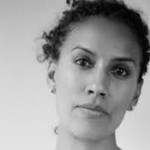 Aracelis Girmay
Aracelis Girmay




